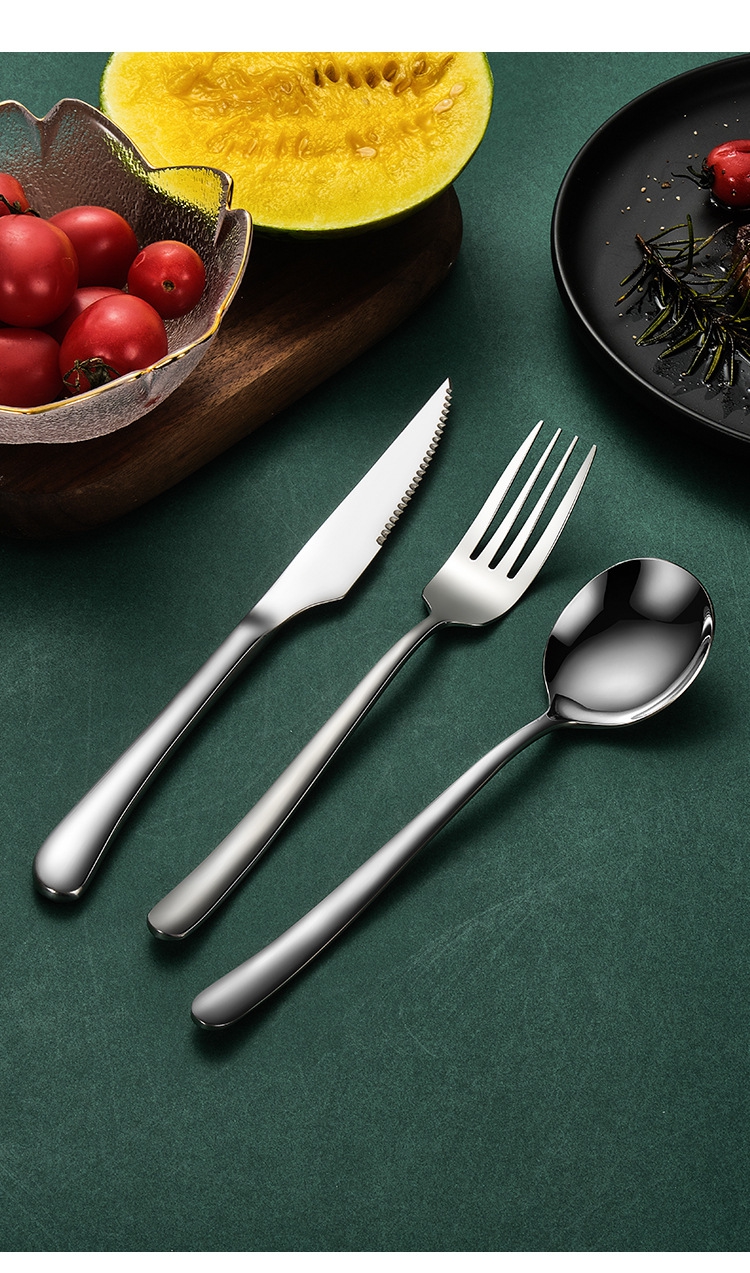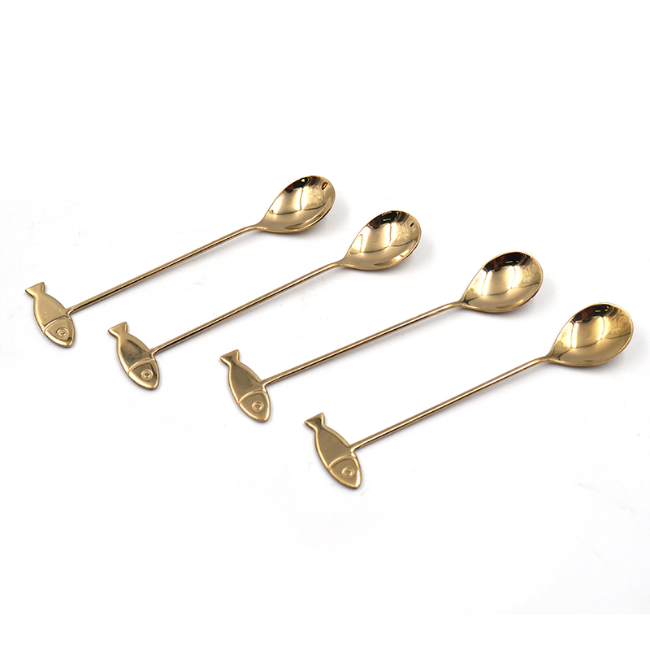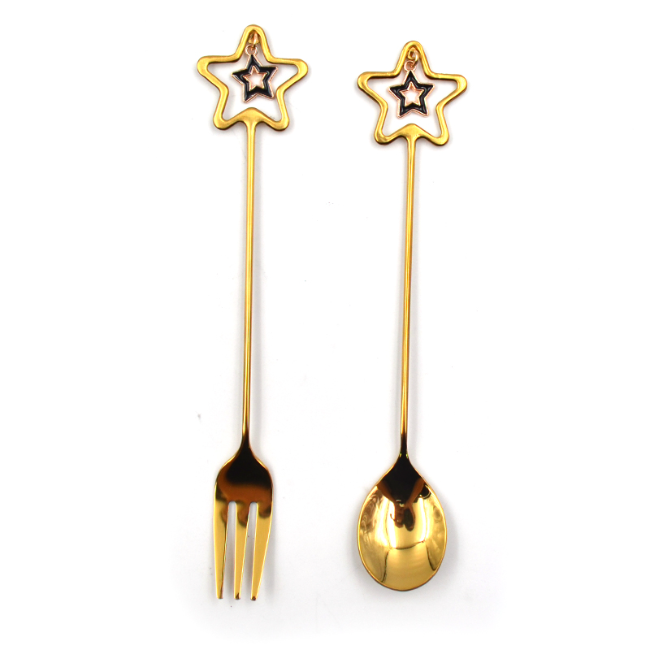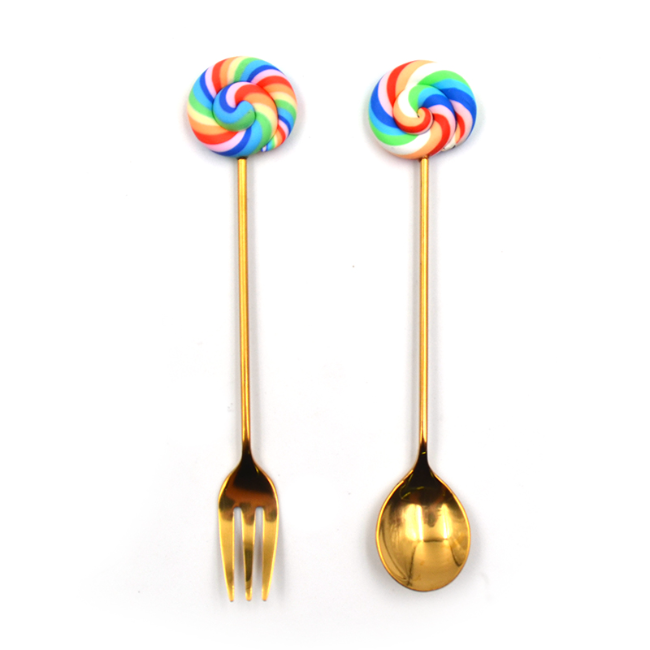
29 May
How It's Made Plastic Cups and Cutlery?
How It's Made Plastic Cups and Cutle...
How It's Made Plastic Cups and Cutlery?
Plastic cups and cutlery are a common sight in both casual dining and special events. Their convenience, affordability, and versatility have made them go-to options for everyday use. But how exactly are these items made? In this article, we will explore the process behind the creation of plastic cups and cutlery, comparing high-end alternatives like Miyabi vs Shun knives, Premier knives, and Sabre cutlery, and showcasing the production expertise of Homefelt.
1. The Materials Behind Plastic Cups and Cutlery
Plastic cups and cutlery are typically made from various types of plastic, including polystyrene, polypropylene, and polyethylene. Each type of plastic has specific qualities that make it suitable for different uses. For example, polystyrene is often used for disposable cutlery and cups because it is lightweight and inexpensive.
Miyabi vs Shun knives are renowned for their premium quality, and while they aren't made from plastic, the comparison highlights the vast differences between plastic products and high-end steel cutlery. In contrast, Premier knives and Sabre cutlery focus on quality and craftsmanship, a stark difference from the mass-production methods used for plastic items.
2. Step-by-Step Process of Making Plastic Cups and Cutlery
a) Material Selection and Heating
The process begins with selecting the appropriate plastic material. Polystyrene, polypropylene, or polyethylene are melted in large industrial machines until they reach a molten state. This molten plastic is then prepared for molding.
b) Molding and Shaping
The plastic is injected into molds that form the desired shape of the cups or cutlery. For example, plastic spoons, forks, and knives are created through injection molding, where molten plastic is forced into molds under high pressure. This process ensures that the cutlery pieces are uniform in size and shape.
c) Cooling and Solidifying
After the plastic has been injected into the mold, it is allowed to cool and harden. The cooling process is quick and ensures that the plastic cutlery maintains its form and strength. Once cooled, the pieces are removed from the mold and prepared for further inspection.
d) Packaging and Quality Control
Before being packaged and shipped, plastic cups and cutlery undergo a thorough quality control process to ensure there are no defects in shape or size. This is similar to the attention to detail seen in the manufacturing of high-quality Sabre cutlery. After inspection, the plastic items are packaged for distribution.
3. The Role of Homefelt in Plastic Cup and Cutlery Production
Homefelt, while known for producing high-end cutlery, also has expertise in manufacturing plastic-based items for various needs. Their approach to production prioritizes both quality and convenience, ensuring that their plastic cups and cutlery are both reliable and affordable. They combine the best of both worlds—premium materials and efficient manufacturing techniques.
4. Conclusion
The production of plastic cups and cutlery is a quick and efficient process that involves molding molten plastic into the desired shapes. While mass-produced plastic items differ greatly from premium cutlery like Miyabi vs Shun knives, Premier knives, or Sabre cutlery, companies like Homefelt ensure that both types of products meet high standards of quality. Whether you are looking for disposable or premium utensils, understanding how these items are made helps you make informed choices.





